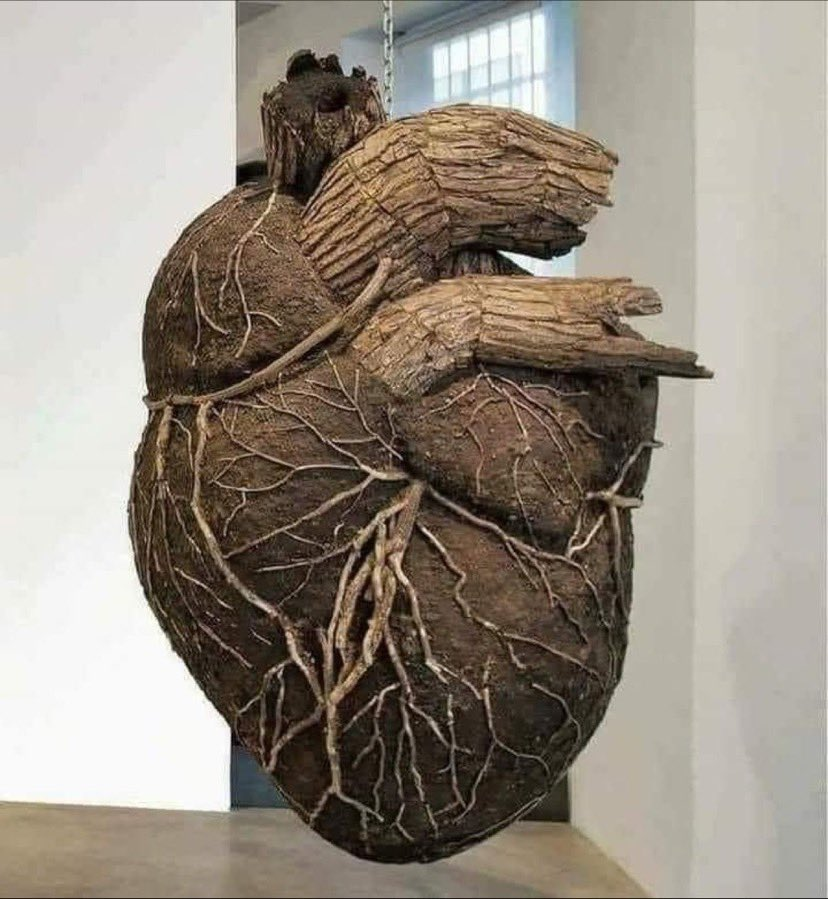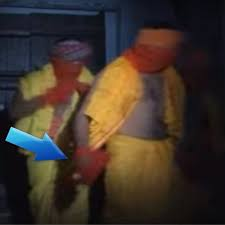The Mystical Heart of Lord Krishna at Jagannath Puri
Jagannath Puri is a famous pilgrimage city located in the state of Odisha, India. It is primarily known for the Jagannath Temple, one of the most revered Hindu temples dedicated to Lord Jagannath, an avatar of Lord Krishna. The heart of Lord Krishna, according to Hindu mythology, is believed to reside within the Jagannath Temple.
The Jagannath Temple in Puri is an ancient and significant temple that attracts millions of devotees every year. The temple is renowned for its annual Rath Yatra, or Chariot Festival, which is one of the most grandiose and widely celebrated festivals in India. During this festival, the idols of Lord Jagannath, Lord Balabhadra (his brother), and Devi Subhadra (his sister) are placed on massive chariots and pulled through the streets by thousands of devotees.
According to legend, Lord Jagannath is said to have a special connection to Lord Krishna. It is believed that the deity's heart is located inside the temple, symbolizing the divine love and devotion of Lord Krishna. The heart, known as "Brahma Padartha," is a sacred object of worship within the temple.
The Jagannath Temple complex is vast and encompasses various structures and shrines. The main temple is an impressive architectural marvel, characterized by its tall spire or shikara. The temple is constructed in the Kalinga style of architecture and is made of stone and laterite. Non-Hindus are not allowed inside the temple, but they can catch a glimpse of the deities from a distance.
Devotees from all over the world visit the Jagannath Temple to seek the blessings of Lord Jagannath and to experience the spiritual and cultural significance of the place. The temple is also associated with various rituals and traditions, including the offering of Mahaprasad, a sacred food believed to be blessed by Lord Jagannath.
The Belief in Lord Krishna's Heart:
The belief that the heart of Lord Krishna resides in the Jagannath Temple in Puri is a part of the religious tradition and mythology associated with the temple. According to this belief, the heart of Lord Krishna, known as "Brahma Padartha," is present within the sanctum sanctorum of the temple.
However, it's important to note that this belief is based on faith and mythology, and there is no physical evidence or scientific proof to support the presence of Lord Krishna's heart in the temple. The heart is considered a sacred symbol of Lord Krishna's divine love and devotion.
The heart of Lord Krishna, or Brahma Padartha, is not visible or accessible to the general public or devotees. It is believed to be concealed within the innermost chamber of the temple, known as the Garbhagriha or the sanctum sanctorum. Only the priests and authorized temple authorities have access to this sacred space.
The Jagannath Temple is dedicated to Lord Jagannath, who is considered an incarnation of Lord Krishna. Lord Jagannath is worshipped along with his siblings, Lord Balabhadra and Devi Subhadra, in the temple. The idols of these deities are made of wood and are replaced every twelve or nineteen years in a special ritual called "Nabakalebara."
While the heart of Lord Krishna is not physically visible or accessible, devotees visit the temple to seek the blessings and divine presence of Lord Jagannath. The temple holds immense religious and cultural significance for Hindus, and millions of pilgrims visit the temple every year to participate in various rituals and festivals.
It's important to understand that the presence of Lord Krishna's heart in the Jagannath Temple is a matter of faith and devotion for believers. The temple's spiritual atmosphere and the rituals associated with it are what attract devotees who seek a connection with the divine and a deeper understanding of their faith.
The Rath Yatra: A Celebration of Divine Love:
One of the most significant events at Jagannath Puri is the annual Rath Yatra, also known as the Chariot Festival. During this vibrant festival, the idols of Lord Jagannath, Lord Balabhadra, and Devi Subhadra are placed on enormous chariots and pulled through the streets by devotees. It is a time of immense joy and celebration, as devotees seek to witness and receive the blessings of the divine.
Nabakalebara: The Sacred Transformation:
According to the traditions associated with the Jagannath Temple in Puri, the idols of Lord Jagannath, Lord Balabhadra, and Devi Subhadra are made of wood and are replaced every twelve or nineteen years in a ritual known as "Nabakalebara."
During the Nabakalebara ceremony, which is a highly sacred and elaborate event, the old wooden idols are replaced with new ones. The process involves finding and selecting a specific neem tree in a designated location known as the Koili Vaikuntha Garden. The tree should have specific characteristics, such as the presence of four branches representing the four arms of Lord Vishnu.
Once the tree is identified, it is ceremonially cut down with prescribed rituals and brought to the temple. The process of carving new idols from the sacred tree is performed by a group of specially trained temple artisans known as "Maharana Sevayats." The artisans sculpt the idols with great care and precision, following specific guidelines and rituals.
Before the new idols are installed in the temple, the consciousness or divine presence from the old idols is believed to be transferred to the new ones. This process is known as "Brahma Parivartana" or the transmigration of the soul. The rituals for the transference of consciousness involve complex procedures and are conducted by the temple priests in strict adherence to the prescribed traditions.
Once the transference is complete, the old idols are buried in a designated temple ground known as the "Koili Baikuntha" or the graveyard of the deities. The burial is done with rituals and prayers, signifying the end of the old form and the renewal of the divine presence in the new idols.
The Nabakalebara ceremony is considered highly auspicious and is accompanied by elaborate festivities and celebrations in Puri. Devotees from all over the world gather to witness this rare and significant event, seeking the blessings of Lord Jagannath in his rejuvenated form.
It is important to note that the process of changing the idols is a sacred ritual specific to the Jagannath Temple in Puri and is not applicable to all temples or deities in Hinduism. The practice is deeply rooted in the unique traditions and beliefs associated with the temple's worship of Lord Jagannath.
The Mystery of Divine Light:
While the belief in Lord Krishna's heart is central to the temple's reverence, some devotees claim to have witnessed mystical phenomena, including the emanation of light from the heart. These experiences, though subjective and personal, add to the aura of mystery and deepen the spiritual connection for those who have had such encounters.
A Pilgrimage of Faith:
Jagannath Puri attracts millions of devotees annually who embark on a pilgrimage to seek solace, blessings, and spiritual fulfillment. The vibrant atmosphere, the rich cultural traditions, and the underlying belief in the presence of Lord Krishna's heart create an environment conducive to deep introspection, devotion, and connection with the divine.
Conclusion:
Jagannath Puri, with its Jagannath Temple and the belief in Lord Krishna's heart, offers a profound spiritual journey for devotees and visitors. It is a place where faith intertwines with mythology, rituals, and personal experiences. The mysteries and legends surrounding the heart of Lord Krishna at Jagannath Puri continue to captivate and inspire spiritual seekers, making it a cherished destination for those seeking a connection with the divine.






Comments
Post a Comment